Science News
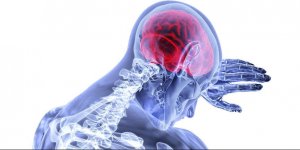
Fourteen out of every 1,000 COVID-19 patients admitted to hospital experience a stroke, a rate that is even higher in older patients and those with severe infection and pre-existing vascular conditions, according to a report published this week. »
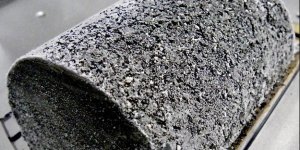
For the first time, researchers have mapped the biological diversity in marine sediment. »
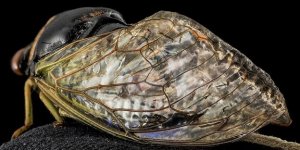
Scientists reproduce the nanostructures that help cicada wings repel water. »

Spider webs provide mechanical adaptability and damage-tolerance. »

Researchers complete first global survey of nitrous acid in wildfire plumes. »

New research on nine craters of Saturn's largest moon provides more details about how weathering affects the evolution of the surface - and what lies beneath. »

Researchers locate long-debated plate in Canada using 3D mapping technology. »
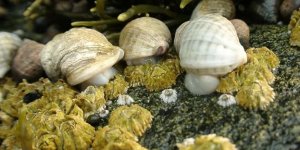
The waters of the Gulf of Maine are warming faster than oceans almost anywhere on Earth. »
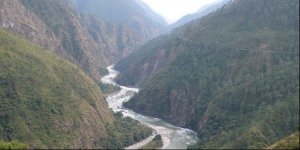
Study reveals how even the mightiest of mountain ranges bends to raindrops. »
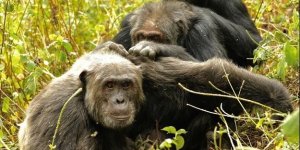
Nonhuman animals select whom they socialize with during aging. »

Robot as tiny as a few human hairs can travel throughout a colon. »
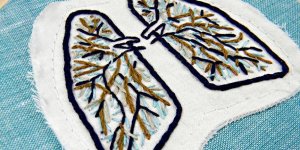
World-leading AI technology developed by the Cambridge Centre for AI in Medicine and their colleagues offers a glimpse of the future of precision medicine, and unprecedented predictive power to clinicians caring for individuals with the life-limiting condition. »

Chronic jet lag creates favorable cancer conditions in experimental models. »
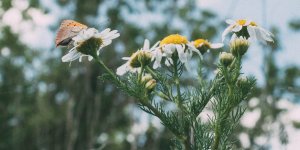
Mice treated with apigenin had better memory and developmental milestone scores. »

Research reveals antagonistic relationship behind flower development. »

Scientists at Oregon State University have shown that viral infection is sometimes involved in coral bleaching -- the breakdown of the symbiotic relationship between corals and the algae they rely on for energy. »

Humans are hard-wired to prefer experiences that end well, and the influence of previous experience declines the longer ago it happened. »

Researchers at the University of Rochester and the University of Las Vegas, Nevada, have made a breakthrough in the long sought-after quest for a room-temperature superconductor, which they call the "holy grail" of energy efficiency. »

Cows and horses aren't the only fans of alfalfa. Yellow perch like it, too. That's what Agricultural Research Service (ARS) scientists and their collaborators concluded when they fed the fish pellets made with a protein concentrate from the legume crop's protein-rich leaves. »

Dried and pressed plants are being matched with artificial intelligence to help researchers predict climate change impacts. »

Researchers used newly developed tree-ring chronology from the Amazon River basin. »

Harvesting of pineapples, a widely grown tropical fruit, leaves behind tons of agricultural residues which are usually burned or left to rot, creating undesirable greenhouse gases. »

Much of life on Earth today relies on oxygen to exist, but before oxygen was present on our planet, lifeforms likely used arsenic. »

Differences in the microstructure of the nucleus accumbens (NAcc), a region in the brain that plays an important role in processing food and other reward stimuli, predict increases in indicators of obesity in children, according to a study. »

Megatooth shark was anomalously large compared to body sizes of its relatives. »

Researchers have developed a new approach to printed electronics which allows ultra-low power electronic devices that could recharge from ambient light or radiofrequency noise. »

Study sheds light on how parents may adjust to meet an infant’s evolving needs. »

A research collaboration has discovered the fastest possible speed of sound. »

Novel method presents possibilities for rapidly making and testing vaccine formulations. »

Researchers use membranes that remove salt from water to help 'split' seawater into fuel. »

Made from organic fatty acids found in various plant (bio)-derived oils, estolides as highly functional biosynthetic oils have numerous uses in lubricant, automotive, marine and personal care applications. »

Microplastic fibers in the ocean affect larval lobsters at each stage of their development. »

Greenland's rate of ice loss this century is likely to greatly outpace that of any century over the past 12,000 years. »

The common cuckoo is known for its deceitful nesting behaviour – by laying eggs in the nests of other bird species, it fools host parents into rearing cuckoo chicks alongside their own. »

Tiny, delicate marine organisms are surprisingly resilient. »

A warming climate and more frequent wildfires do not necessarily mean the western United States will see the forest loss that many scientists expect. »

Australian scientists have discovered a way to engineer more efficient versions of the plant enzyme Rubisco by using a red algae-like Rubisco from a bacterium (...) »

A new fault simulator maps out slow-motion quakes and seismic swarms. »

Studies led by researchers at The University of Texas Southwestern Medical Center are shedding light on the biology and potential vulnerabilities of schistosomes (...) »

Discovery may indicate that modern humans and Neanderthals lived in the area concurrently. »

Bioinspired architecture could pave the way for stronger, lighter structures »

From capturing your breath to guiding biological cell movements, 3D printing of tiny, transparent (...) »

Researchers have shown that over the past two thousand years, volcanoes have played a larger role (...) »

Research quantifies global soil carbon sequestered by roots and amount leached into soil. »

Viruses don't immediately kill algae and often live in harmony with them. »

A harmless airborne fungus, Cladosporium sphaerospermum strain TC09 (TC09), can dramatically accelerate plant growth if a germinating plant is near the fungus as it emits volatiles or gases. »

Ordinary smartphone cameras are capable of accurately determining the hydration severity of dengue patients (...) »

Year-to-year variability is moving outside the bounds of past fluctuations. »

The largest-ever study of tree rings from Norilsk in the Russian Arctic has shown that the direct and indirect effects of industrial pollution in the region and beyond are far worse than previously thought. »

Color-changing array of silk microneedles could help protect consumers and avoid food waste. »